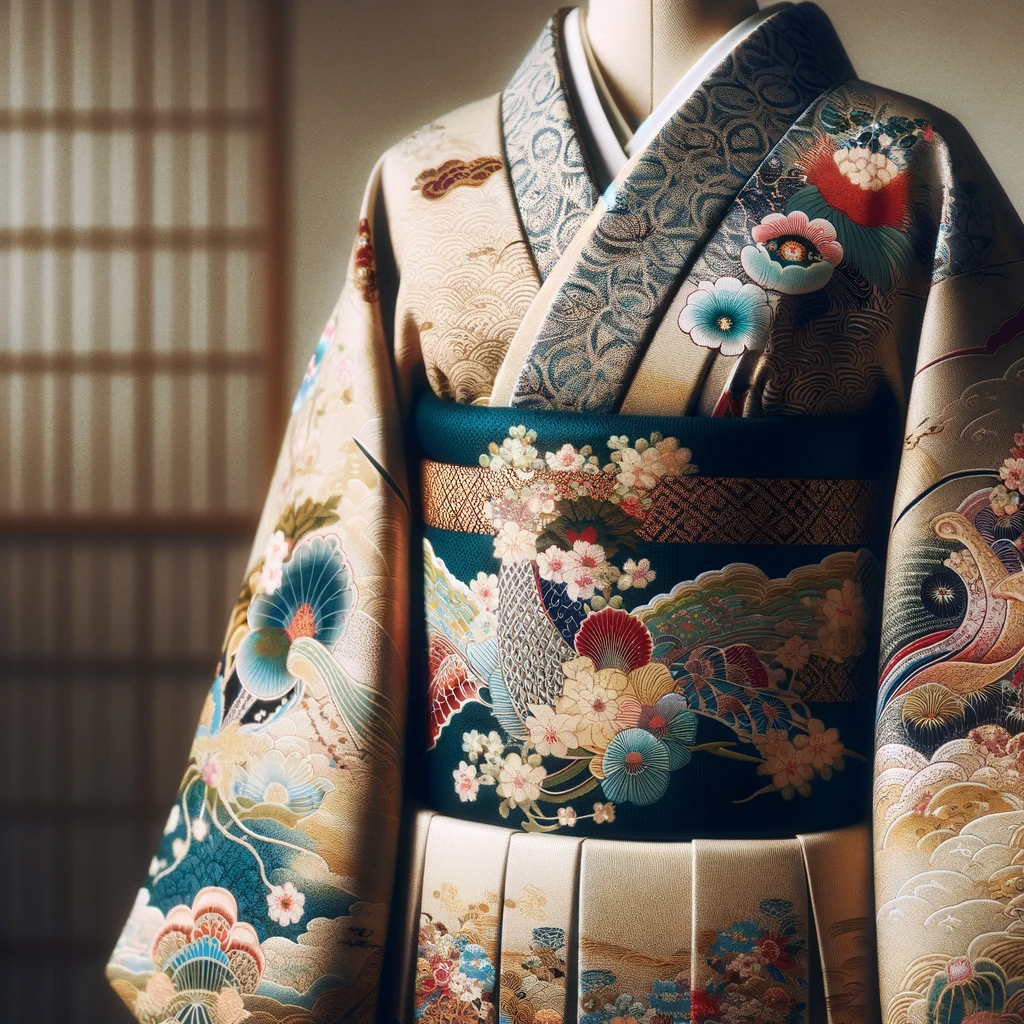Silk Care 101: Tips for Maintaining Your Silk Kimono's Elegance
Silk kimonos, revered for their elegance and beauty, are not just garments but treasures that demand careful preservation. Their delicate fabric, rich in history and craftsmanship, requires a knowledgeable approach to care and maintenance. In this article, we delve into the essential practices for keeping your silk kimono in pristine condition. By understanding and respecting the fragile nature of silk, we can ensure these exquisite pieces of art remain as captivating and graceful as the day they were first adorned.
Understanding Silk Fabric
Silk, a natural protein fiber, is renowned for its smooth texture, sheen, and strength, making it a highly prized material for kimonos. It is produced by silkworms, and its production is a meticulous process, adding to its value and uniqueness. Silk's unique properties include a shimmering appearance, resulting from the fiber's prism-like structure, and its ability to regulate temperature, making it comfortable in various climates. However, these same properties also make silk delicate and susceptible to damage from improper care, such as exposure to harsh chemicals or extreme temperatures. This sensitivity necessitates a specialized approach to maintenance, ensuring the fabric's integrity and beauty are preserved over time.

Basic Care Guidelines
Like previously mentioned in our Secrets & Silk Kimono Robes Care Guide, caring for silk kimonos requires a gentle approach. To preserve their beauty, it's crucial to avoid direct sunlight and harsh chemicals, as silk is sensitive to both. When storing, use a breathable garment bag to prevent moisture buildup and color fading. Avoid folding the kimono in the same place repeatedly to prevent permanent creasing. For daily care, gentle airing can refresh the fabric. Always handle silk with clean hands to avoid transferring oils or dirt. In case of minor spills, spot cleaning with a soft, damp cloth is recommended, avoiding rubbing the fabric harshly. Proper care and mindful handling will ensure your silk kimono remains a cherished wardrobe piece for years to come.
Cleaning and Washing Tips
When cleaning silk kimonos, it's important to hand wash them gently. Use a mild, pH-neutral detergent and lukewarm water, avoiding harsh chemicals or bleach. Submerge the kimono and lightly agitate it, but don't wring or scrub, as this can damage the fibers. Rinse thoroughly with cold water to remove soap residue. To dry, wrap the kimono in a towel to absorb excess water, then lay it flat on a dry towel, reshaping it as needed. Avoid direct sunlight and heat sources when drying. Ironing should be done on the lowest heat setting, preferably with a pressing cloth to protect the silk. Remember, silk is delicate, so treat it with the utmost care to maintain its elegance.
Ironing and Wrinkle Removal
Ironing silk requires a delicate touch to avoid damage. Set the iron to a low heat setting and use a pressing cloth between the iron and the silk to protect the fabric. Gently iron on the reverse side to prevent any potential sheen from forming on the surface. For an alternative wrinkle-removal method, hang the kimono in a steamy bathroom; the humidity can help relax the fabric and release wrinkles without direct heat. Avoid steaming the silk directly, as this can leave water spots. This careful approach ensures the silk retains its smooth texture and lustrous appearance.
Repair and Restoration
For minor damages to silk kimonos, like loose threads or small tears, careful hand stitching can be effective. Use a fine silk thread and a small needle to minimize the impact on the fabric. However, for significant damages or stains, it is advisable to seek professional restoration services. Specialists in silk restoration have the expertise to handle delicate fabrics and can often repair or clean kimonos without further damaging them. Remember, attempting major repairs at home can lead to irreversible damage, so it's best to consult professionals for any substantial restoration needs.














